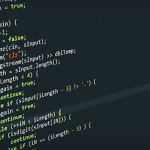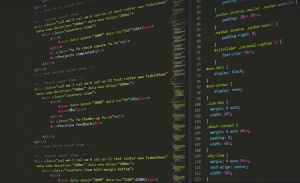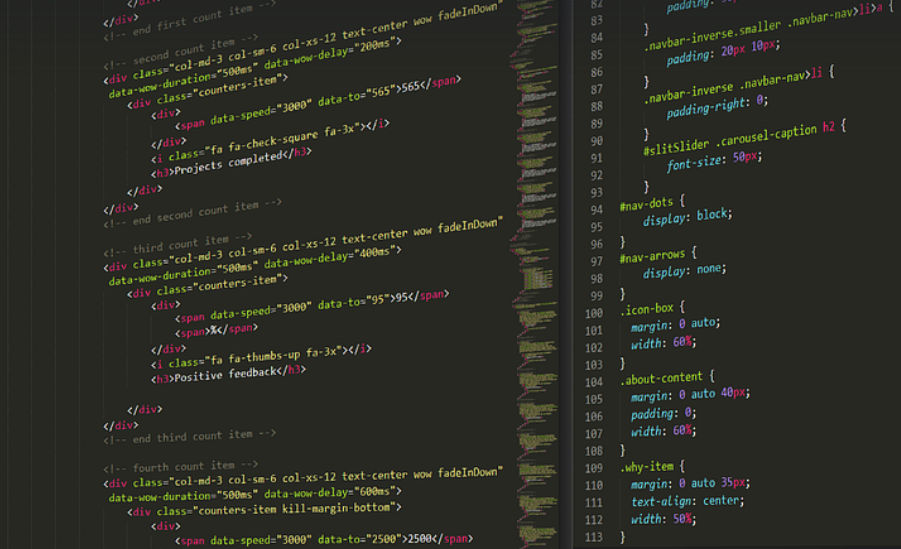What Makes a Finish Schedule Essential?
Imagine this: you’ve poured your heart into creating a stunning interior design scheme, but then comes the dreaded “execution” phase. Now, imagine having a schedule that guides every step of the process, keeping it organized and on track! A finishes schedule in interior design is more than just a simple list; it’s your roadmap to success. It lays out everything from paint colors to flooring choices, to hardware and fixtures – anything that will impact the final look and feel of your space.
This isn’t just about ticking boxes. A proper schedule allows you to anticipate potential delays, manage resources efficiently, and ultimately achieve a finished product that aligns with both your vision and budget.
Why This Schedule Matters:
A finishes schedule is like the conductor of an orchestra. Each instrument (a specific finish) has its own unique role in the symphony of design. It’s not just about ticking boxes; it’s about ensuring a harmonious blend of materials, textures, and colors.
Think about a living room redesign. It could involve painting walls, installing hardwood flooring, choosing curtains, and even selecting lamps and light fixtures. But instead of this being a chaotic whirlwind of decisions, a finishes schedule ensures these elements are seamlessly woven together. It acts as your guide to achieving the desired aesthetic without losing sight of the bigger picture.
This meticulous planning is crucial for a few reasons:
- Time Management: The schedule helps you estimate the duration of each task, allowing you to spread out certain activities and dedicate enough time to key elements. This prevents last-minute scrambling and ensures everything stays on track.
- Budget Control: Knowing exactly what finishes need to be included lets you budget effectively. It also helps avoid unforeseen cost increases due to material shortages or unexpected delays in delivery.
- Contractor Coordination: This is especially important for bigger projects with multiple contractors involved. The schedule acts as a visual aid and provides clear expectations for each team, ensuring everyone’s working towards the same goal.
Creating Your Perfect Schedule: A Step-by-Step Guide
Creating your finishes schedule isn’t as daunting as it may seem. Here’s a step-by-step guide to help you navigate this process:
- Project Phase: Begin by identifying the phases of your project (e.g., demolition, drywall prep, painting, flooring, etc.).
- Material Selection: Create a preliminary list of all finishes you’ll be using (paint colors, textures, flooring types, hardware, lighting fixtures).
- Order and Timeline: Arrange the order based on your project’s timeline. Prioritize the most critical steps that must happen before others.
- Delivery Lead Times: Factor in the delivery lead times of your chosen materials. This will give you a real-world estimate of when they will arrive and help avoid delays.
- Contractor Communication: Once your schedule is finalized, share it with contractors (if applicable) to ensure everyone is on the same page.
Embracing Flexibility: The Power of Adaptation
While having a structured schedule is crucial, remember that flexibility is key. Life throws curveballs and unforeseen circumstances can pop up – especially in large-scale projects.
When unexpected delays occur, the finishes schedule allows for adjustments to be made. Instead of letting chaos take over, adapt the schedule by prioritizing tasks or making alternative arrangements.
Don’t panic! A well-defined schedule doesn’t mean rigid inflexibility. It simply provides a framework that encourages you to stay on track while allowing room for adjustment when needed – this is your blueprint for achieving successful interior design project completion.
The Key Takeaways:
Interior design finishes scheduling brings clarity, organization, and efficiency to your projects. A well-crafted schedule ensures everything runs smoothly, minimizes delays, and helps you achieve the beautiful space of your dreams.











